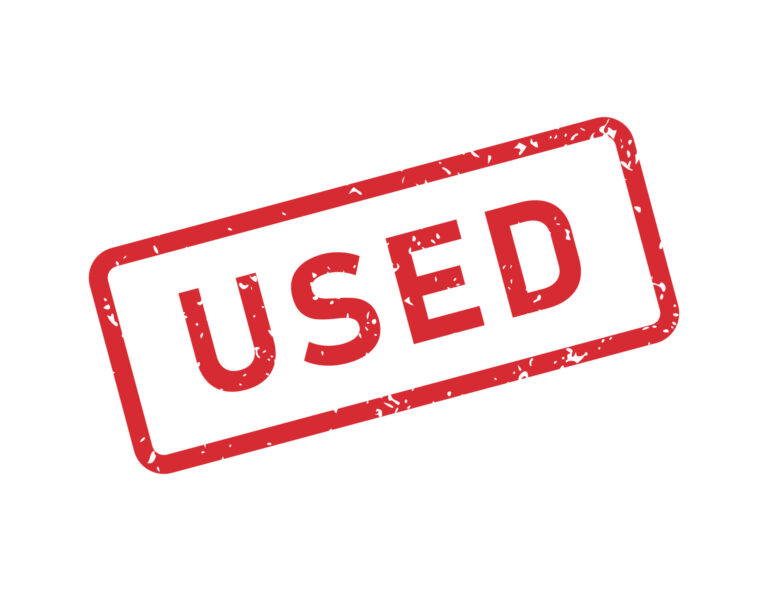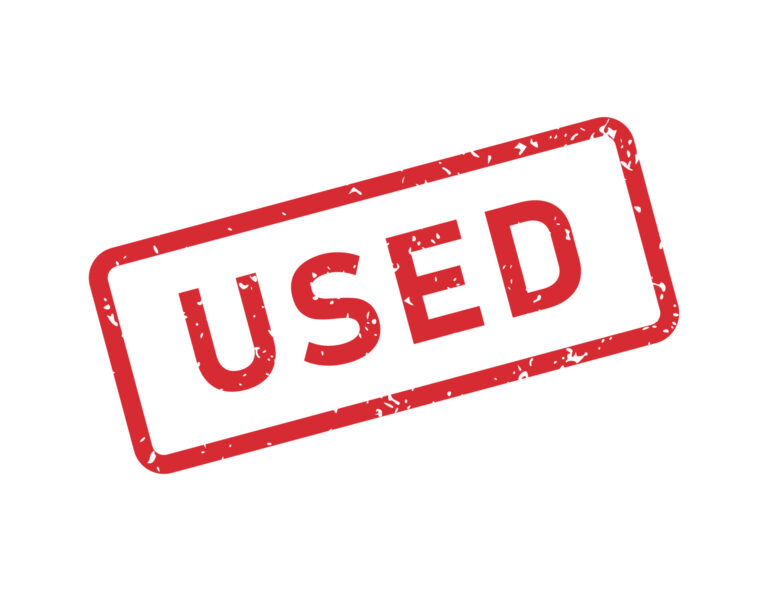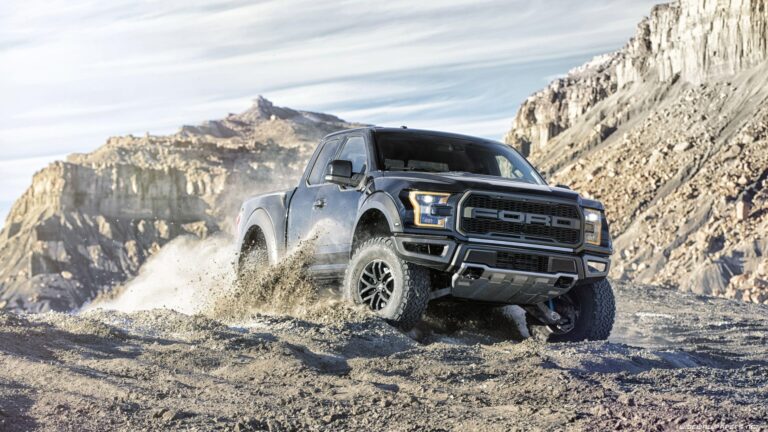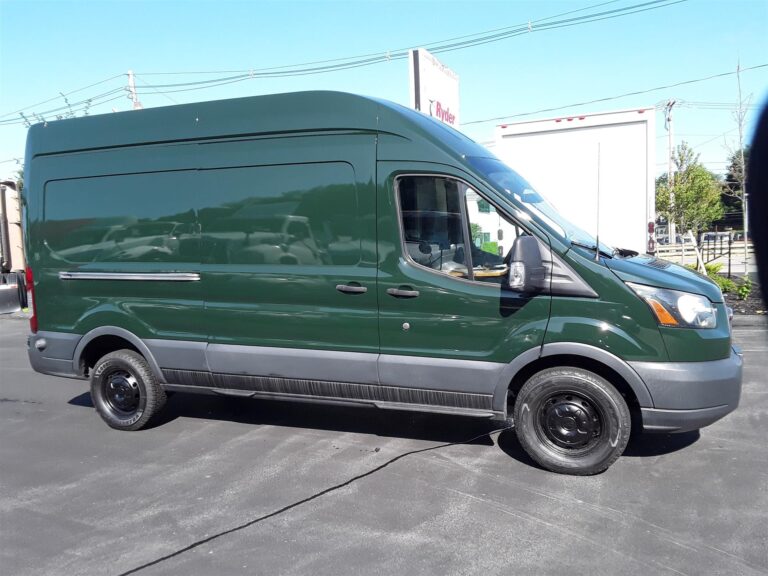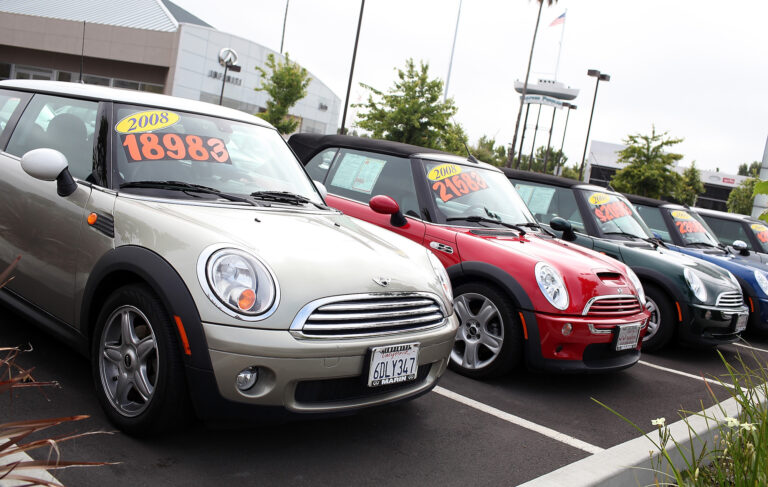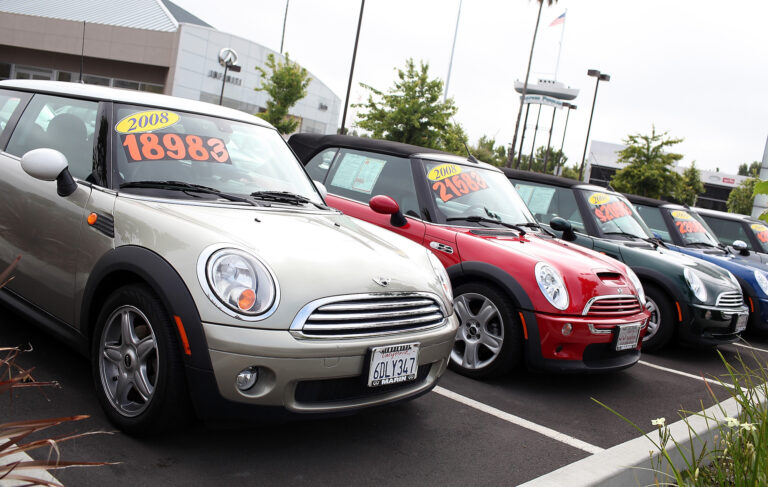Does XJ Jeep Have Turbo Charger? Unraveling the Forced Induction Myth
Does XJ Jeep Have Turbo Charger? Unraveling the Forced Induction Myth cars.truckstrend.com
The Jeep Cherokee XJ, produced from 1984 to 2001, holds an iconic status in the automotive world. Renowned for its rugged simplicity, legendary off-road capability, and the enduring reliability of its inline-six engine, the XJ has amassed a devoted following. As enthusiasts constantly seek to enhance performance, a common question often arises: "Does the XJ Jeep have a turbocharger?" This seemingly straightforward query opens a fascinating discussion about factory specifications, aftermarket possibilities, and the intricate world of forced induction.
This comprehensive article will definitively answer whether the XJ Jeep came with a turbocharger from the factory, delve into why this question is so prevalent, explore the feasibility and complexities of adding a turbocharger to an XJ, and provide practical insights for those considering such a significant modification.
Does XJ Jeep Have Turbo Charger? Unraveling the Forced Induction Myth
The XJ’s Original Powertrain: A Naturally Aspirated Legacy
To directly address the question: No, the vast majority of Jeep Cherokee XJ models sold, particularly in North America, did not come equipped with a factory-installed turbocharger. The XJ’s reputation for robustness and simplicity was built upon its naturally aspirated engine offerings.
The primary engines found in the XJ during its production run were:
- AMC 4.0L Inline-Six (I6): This legendary engine, available in Renix (pre-1991) and High Output (HO, 1991-2001) variants, is the heart and soul of the XJ for many. It was praised for its low-end torque, durability, and straightforward mechanical design. With power outputs ranging from approximately 177 HP to 190 HP in its HO form, it provided ample grunt for most off-road and on-road duties without the complexity of forced induction.
- AMC 2.5L Inline-Four (I4): This smaller engine, also naturally aspirated, offered a more fuel-efficient option but with significantly less power than the 4.0L.
While there were exceedingly rare instances of XJ Cherokees sold in certain international markets with diesel engines (such as the VM Motori 2.5L TD, primarily in Europe), some of which did feature turbochargers, these were never widely available in major markets like the United States or Canada and are not what enthusiasts typically refer to when discussing the "XJ Jeep." For the iconic gasoline-powered XJ that most people envision, the answer is a resounding no turbo from the factory.
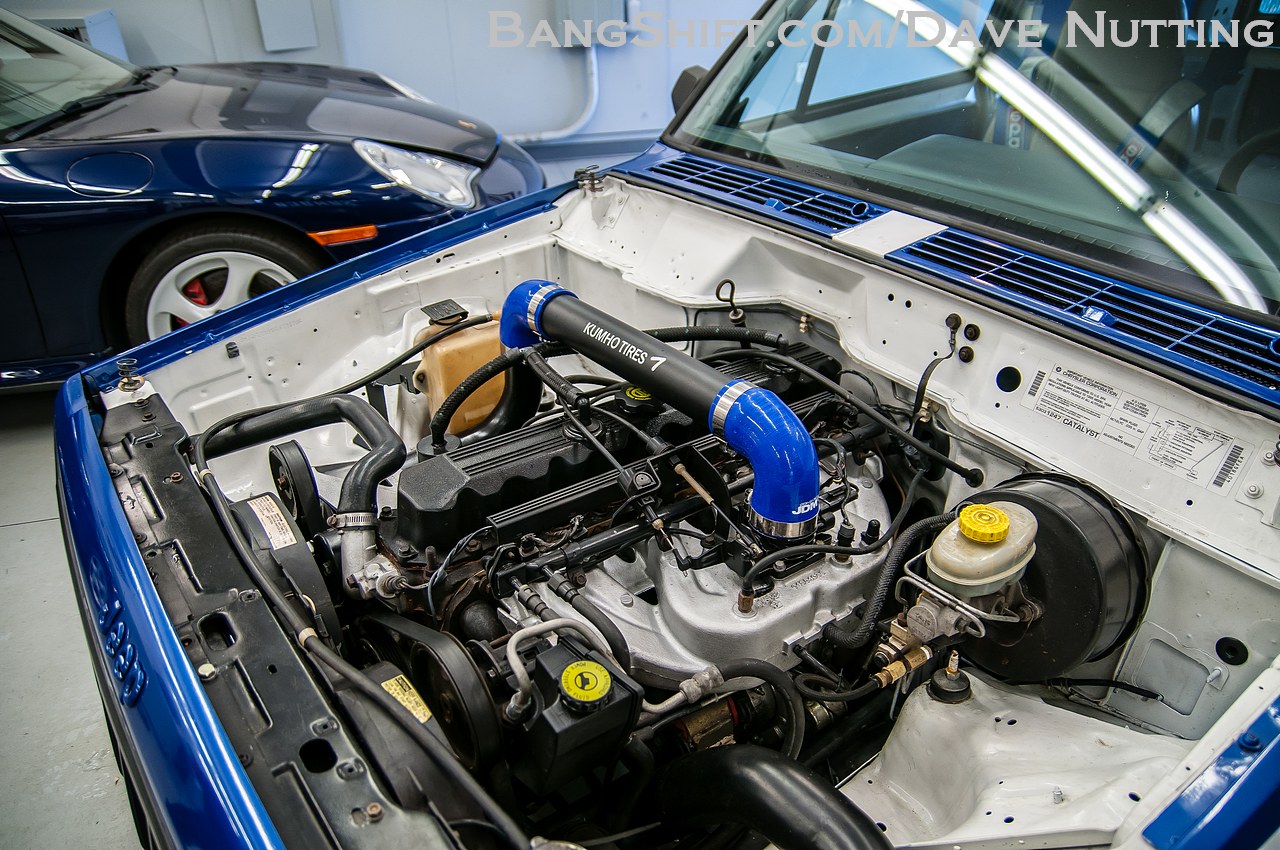
Why the Fascination with Turbocharging an XJ?
If the XJ didn’t come with a turbo, why is the question so frequently asked, and why do enthusiasts consider it? The answer lies in the inherent desire for more power and efficiency, especially in a vehicle often used for demanding tasks.
Turbochargers work by using the exhaust gases to spin a turbine, which in turn spins a compressor. This compressor forces more air into the engine’s cylinders than would naturally be drawn in, allowing more fuel to be burned and significantly increasing horsepower and torque. The benefits of turbocharging are compelling:
- Increased Horsepower and Torque: This is the primary draw. More power means better acceleration, improved highway passing, and enhanced capability for towing or conquering challenging off-road obstacles, especially when running larger tires that tax the stock engine.
- Improved High-Altitude Performance: Naturally aspirated engines lose power at higher altitudes due to thinner air. A turbocharger can compensate for this by forcing more air into the engine, maintaining power output.
- Potential for Better Fuel Efficiency (under light load): While counter-intuitive, a properly sized and tuned turbo can allow a smaller engine to perform like a larger one, potentially improving efficiency when the engine isn’t under heavy boost.

For XJ owners, particularly those who have lifted their rigs and installed larger, heavier tires, the stock 4.0L, while capable, can feel underpowered. This yearning for more "oomph" inevitably leads many to consider forced induction, with turbocharging being a popular, albeit complex, avenue.
The Aftermarket Solution: Turbocharging Your XJ
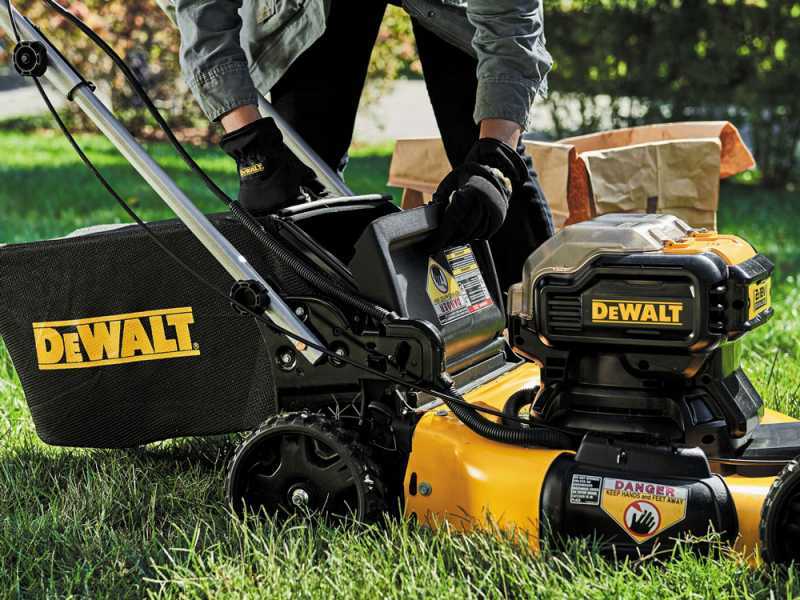
Since the XJ didn’t come with a factory turbo, the only way to achieve forced induction is through aftermarket solutions or custom fabrication. Yes, it is absolutely possible to turbocharge an XJ, but it is a significant and complex undertaking. It’s not a simple bolt-on affair and requires extensive modifications beyond just the turbo unit itself.
Here’s what’s typically involved in turbocharging an XJ’s 4.0L engine:
- Turbocharger Unit: Selecting the right size turbo (A/R ratio, compressor wheel size) is crucial for desired power band and lag.
- Exhaust Manifold (Turbo Manifold): The stock exhaust manifold is not designed for a turbo. A custom-fabricated or aftermarket cast manifold is needed to mount the turbo and route exhaust gases to the turbine.
- Downpipe and Exhaust Modification: A new downpipe will be required to route exhaust gases from the turbo to the rest of the exhaust system, often necessitating changes to the existing exhaust.
- Intercooler: Highly recommended, an intercooler cools the compressed air from the turbo before it enters the engine. Cooler air is denser, leading to more power and reduced risk of detonation. This requires custom piping and mounting space.
- Fuel System Upgrades: More air means more fuel. Larger fuel injectors, a higher-flow fuel pump, and potentially an adjustable fuel pressure regulator are necessary to provide adequate fuel delivery under boost.
- Engine Management System (ECU Tuning): This is arguably the most critical and complex part. The stock XJ ECU (PCM) cannot manage forced induction. You’ll need either a standalone ECU (a complete replacement for the stock computer) or a sophisticated piggyback system that can read boost, adjust fuel mapping, ignition timing, and other parameters. Professional tuning on a dynamometer is non-negotiable for reliability and performance.
- Oil Lines: The turbocharger requires a dedicated oil feed line from the engine and an oil drain line back to the oil pan for lubrication and cooling.
- Cooling System Upgrades: Forced induction generates more heat. A larger radiator, upgraded fan, and potentially an auxiliary oil cooler are wise investments.
- Drivetrain Considerations: The stock automatic (AW4) or manual (AX15/AX5) transmissions, transfer case (NP231/NP242), and axles (Dana 30/Dana 35/Chrysler 8.25) were designed for stock power levels. Significant power increases will likely necessitate upgrades to these components, especially if the vehicle is used for demanding off-roading.
Key Challenges:
- Cost: This is not a cheap modification.
- Complexity: Requires advanced mechanical skills, fabrication, and deep understanding of engine management.
- Reliability: Poorly executed turbo setups can quickly lead to engine failure (blown head gaskets, broken pistons, spun bearings).
- Space Constraints: The XJ engine bay is relatively compact, making intercooler and piping routing challenging.
- Legality/Emissions: Turbocharging can make it difficult to pass emissions tests in some regions and may not be street legal in others.
Benefits and Drawbacks of an Aftermarket XJ Turbo
Deciding to turbocharge an XJ involves weighing significant advantages against considerable disadvantages.
Benefits:
- Dramatic Power Gains: A well-tuned turbo setup can easily double the horsepower output of a stock 4.0L, transforming the XJ into a true performance vehicle. Power figures of 250-400+ HP are achievable.
- Improved Drivability: With proper tuning, the added torque makes the XJ much more responsive, especially with larger tires, reducing the need for constant downshifting.
- Unique Build: A turbocharged XJ stands out from the crowd and is a testament to serious automotive modification.
- Enhanced Off-Road Capability: The extra power and torque can be invaluable for climbing steep inclines or navigating challenging terrain.
Drawbacks:
- High Cost: As detailed in the price table below, the investment is substantial.
- Reduced Engine Longevity (if not managed): The stock 4.0L is robust, but it was not designed for forced induction. Increased cylinder pressures and temperatures put more stress on internal components. Proper tuning, conservative boost levels, and meticulous maintenance are crucial to preserve engine life.
- Increased Heat: More power means more heat, potentially stressing cooling systems and under-hood components.
- Turbo Lag: The delay between pressing the accelerator and the turbo spooling up to provide full boost can be a drivability issue, though modern turbos and tuning minimize this.
- Noise, Vibration, Harshness (NVH): Turbo systems can introduce new noises (whistling, whooshing) and vibrations.
- Complexity of Maintenance: Diagnostics and repairs become more involved.
- Legality and Resale: Modifications can affect emissions compliance, insurance, and resale value.
Key Considerations Before Going Forced Induction
Before embarking on a turbocharging project for your XJ, consider these crucial points:
- Engine Health is Paramount: Your engine must be in excellent condition. A compression test and leak-down test are essential to ensure the cylinders, rings, and valves are healthy. A tired engine will quickly fail under boost.
- Budget Realism: Factor in not just the turbo kit, but supporting modifications, professional installation labor, and especially expert tuning. Don’t forget potential upgrades to the drivetrain, brakes, and cooling system.
- Intended Use: How will you use the turbocharged XJ? A daily driver needs different tuning and reliability considerations than a dedicated off-road rig or a weekend toy.
- Professional Installation and Tuning: Unless you are an experienced fabricator and tuner with access to a dyno, professional help is highly recommended. Improper tuning is the quickest way to destroy an engine.
- Drivetrain Strength: Be prepared to upgrade components like the transmission, transfer case, and axles if you plan on pushing significant power, especially in demanding off-road situations. The AW4 automatic transmission is generally quite robust, but even it has limits.
- Alternatives: Consider other power-adding options like a stroker build (increasing engine displacement), engine swaps (e.g., V8), or even simpler gearing changes to improve perceived power with larger tires. These might be less complex or costly depending on your goals.
Practical Advice and Actionable Insights
- Prioritize Tuning: Do not compromise on engine management and professional tuning. This is where reliability is made or broken.
- Go Slow: If attempting a DIY build, make incremental changes and thoroughly test each stage.
- Monitor Everything: Install essential gauges: boost, wideband air/fuel ratio (AFR), oil pressure, and coolant temperature. These are your engine’s vital signs.
- Research, Research, Research: Connect with other XJ owners who have done turbo conversions. Learn from their successes and failures. Forums and online communities are invaluable resources.
- Build for Reliability First: Aim for a modest, reliable power gain rather than chasing extreme horsepower figures that will quickly compromise engine longevity.
- Consider Maintenance: Forced induction puts more stress on fluids and components. Be prepared for more frequent oil changes and diligent maintenance.
Concluding Summary
In conclusion, the answer to "Does the XJ Jeep have a turbocharger?" is no, not from the factory for the popular gasoline-powered models. The XJ’s enduring legacy is built on its naturally aspirated inline-six engine, celebrated for its simplicity and rugged dependability.
However, for those seeking a significant boost in performance, aftermarket turbocharging is a viable, albeit complex and costly, modification. It offers the potential for dramatic power gains, transforming the XJ into a much more capable and exhilarating vehicle. Yet, it demands a substantial investment in parts, labor, and, most critically, expert tuning. A turbocharged XJ is a highly specialized machine, a testament to the dedication and technical prowess of its owner. It’s a journey not for the faint of heart, but for the true enthusiast willing to invest the time, money, and effort to create a truly unique and powerful off-road icon.
Aftermarket Turbo Kit & Associated Costs for XJ Jeep (Estimated)
| Component / Service | Estimated Price Range (USD) | Notes |
|---|---|---|
| Core Turbo System | ||
| Turbocharger Unit | $700 – $2,500 | Garrett, Precision, BorgWarner, etc. Size and brand dependent. |
| Turbo Manifold (Custom/Cast) | $500 – $2,000 | Custom fabricated or purpose-built cast manifold for XJ 4.0L. |
| Wastegate & Blow-Off Valve | $200 – $800 | External wastegate recommended for better boost control; BOV for turbo longevity. |
| Downpipe & Exhaust Mods | $300 – $1,000 | Custom fabrication needed. |
| Supporting Systems | ||
| Intercooler & Piping | $300 – $1,000 | Air-to-air or air-to-water. Requires custom routing. |
| Fuel Injectors | $300 – $700 | Larger flow rate (e.g., 42-60 lb/hr). |
| High-Flow Fuel Pump | $100 – $300 | In-tank or external. |
| Fuel Pressure Regulator | $100 – $300 | Often needed for precise fuel delivery under boost. |
| Oil Feed/Drain Lines | $100 – $300 | AN fittings and stainless braided lines. |
| Engine Management (ECU) | $800 – $2,500 | Standalone ECU (e.g., Haltech, MegaSquirt, Holley) or advanced piggyback. |
| Cooling System Upgrades | $200 – $800 | Larger radiator, electric fan upgrade, auxiliary coolers. |
| Instrumentation & Misc. | ||
| Boost Gauge | $50 – $200 | Essential for monitoring. |
| Wideband Air/Fuel Ratio (AFR) Gauge | $150 – $400 | CRITICAL for tuning and monitoring engine health under boost. |
| Various Sensors (MAP, IAT) | $100 – $400 | Needed for ECU. |
| Gaskets, Hoses, Clamps | $200 – $500 | Miscellaneous but essential. |
| Labor & Tuning | ||
| Professional Installation | $1,500 – $4,000+ | Highly variable based on complexity and shop rates. |
| Professional Dyno Tuning | $500 – $1,500+ | Absolutely mandatory for safety and performance. |
| Potential Drivetrain Upgrades | (Optional, but highly recommended for significant power gains and hard use) | |
| Transmission Rebuild/Upgrade | $1,000 – $3,000+ | Stronger clutches, valve body mods. |
| Axle Shafts/Gears | $500 – $2,000+ | Stronger shafts, lower gears to compensate for power and tire size. |
| Total Estimated Cost | $6,400 – $19,900+ | This is a broad range, reflecting DIY vs. professional install, and extent of supporting mods. |
Note: These are estimates for parts and services. Prices can vary significantly based on brand, quality, location, and the specific approach to the build (DIY vs. fully professional).
Frequently Asked Questions (FAQ)
Q1: Did any XJ Jeeps come with a factory turbo?
A1: No, the vast majority of XJ Jeeps, especially the popular gasoline-powered models in North America (4.0L I6 and 2.5L I4), did not come with a factory-installed turbocharger. Some very rare international diesel variants did, but these are exceptions.
Q2: Is it difficult to turbocharge an XJ’s 4.0L engine?
A2: Yes, it is a very complex and involved modification. It requires significant mechanical expertise, custom fabrication, and, most importantly, advanced engine management tuning. It’s not a beginner-friendly project.
Q3: How much power can I expect from a turbocharged 4.0L XJ?
A3: With a well-designed and properly tuned aftermarket turbo system, you can see significant power gains, often doubling the stock horsepower. Figures ranging from 250 HP to over 400 HP (at the wheels) are achievable depending on boost levels and supporting modifications.
Q4: Will adding a turbocharger reduce my engine’s lifespan?
A4: Potentially, yes. A turbocharger puts significantly more stress on engine components due to increased cylinder pressures and temperatures. However, with conservative boost levels, meticulous tuning, proper supporting modifications (cooling, fuel), and diligent maintenance, the 4.0L can be surprisingly robust under boost. Pushing extreme power without proper reinforcement will drastically reduce engine life.
Q5: Are there complete bolt-on turbo kits available for the XJ 4.0L?
A5: While some companies have offered semi-complete kits in the past, truly "bolt-on" and comprehensively engineered kits for the XJ 4.0L are rare and often require significant custom work to complete. Most builds are a combination of universal parts and custom fabrication.
Q6: What are the main alternatives to turbocharging for more power in an XJ?
A6: Common alternatives include:
- Stroker Build: Enlarging the 4.0L engine to 4.6L or 4.7L for significant torque and horsepower gains, still naturally aspirated.
- Engine Swap: Swapping in a larger V8 engine (e.g., GM LS, Ford 5.0L).
- Supercharging: Another form of forced induction, but often less efficient at higher RPMs and can be more expensive.
- Gearing: Changing axle gear ratios can dramatically improve perceived power and acceleration, especially with larger tires, without modifying the engine itself.
Q7: Do I need to upgrade my XJ’s transmission and axles for a turbo?
A7: It is highly recommended, especially if you plan on significant power increases or heavy off-road use. The stock AW4 automatic transmission is relatively robust, but will benefit from upgrades. The manual transmissions (AX15/AX5) are generally weaker. Axles (especially the Dana 35 rear) will definitely need upgrades if you’re putting down serious power.

